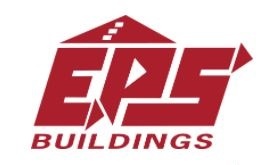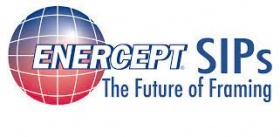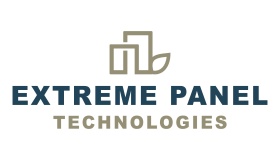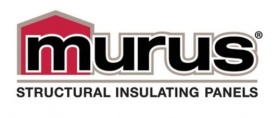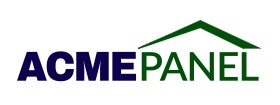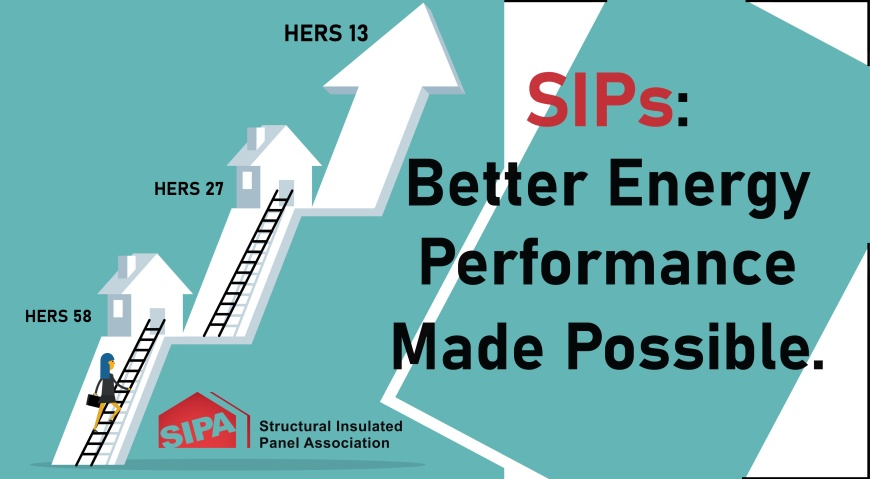
SIPA recognizes that through vigilance and collaboration we can all reach our decarbonization goals. To compete with varying construction methods, SIPA has built strong partnerships, and we use data collected by the Department of Energy and RESNET to demonstrate that SIPs provide the greatest sustainability portfolio in the insulation industry.
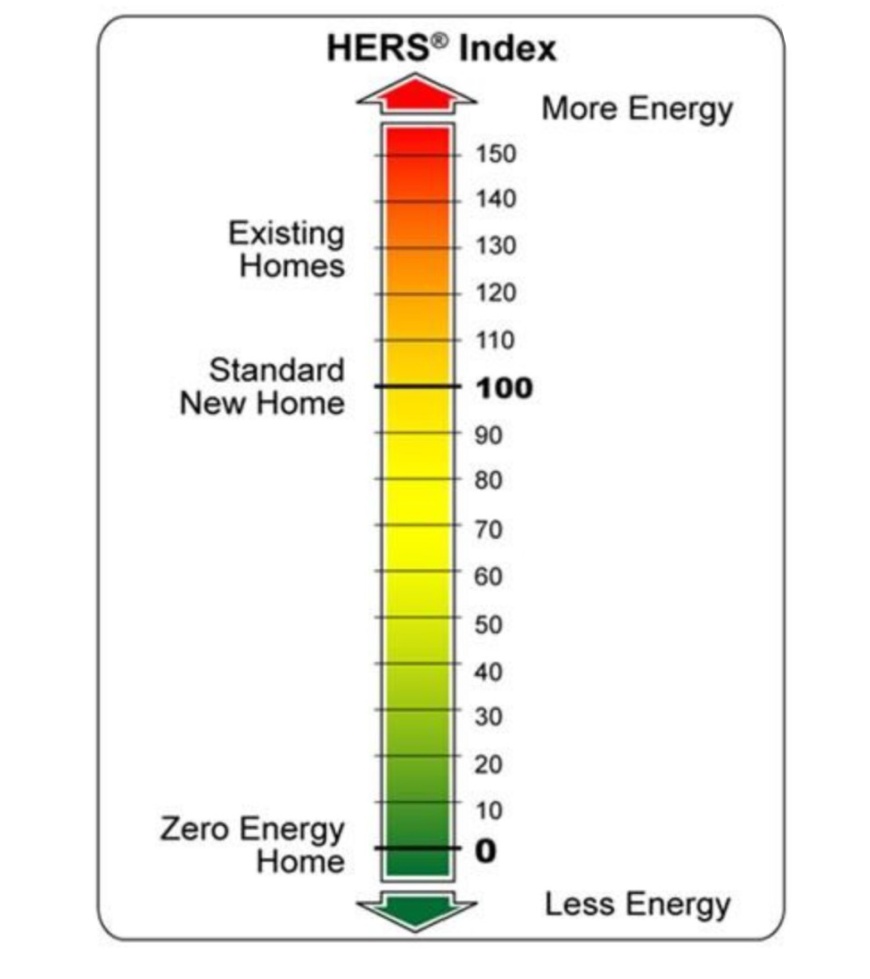
Every year, residential and commercial SIP projects are the recipients of the building industry’s highest accolades. In September 2022, SIPA Builder members Clifton View Homes and TC Legend Homes were recognized at the Energy and Environmental Building Alliance (EEBA) Summit as DOE Zero Energy Ready Home winners. Separately, the Offsite Construction EXPO honored SIPA Manufacturing member PremierSIPs in two awards categories for their projects' high-performance characteristics. Indoor AirPLUS, ENERGY STAR and Passive House certifications are just a few of the other awards SIP structures are routinely awarded.
Praise for SIPs cannot be summed up in one or two attributes. Sustainability, speed of construction, energy performance and simplicity are among the most alluring benefits for designers and builders, but what sings for homeowners?
The RESNET HERS Index is the recognized standard by which a home’s energy efficiency is measured. It readily conveys what a structure offers in energy performance and is easily understood among industry professionals and homeowners. SIPA incorporates this metric into our SIP Project Library so that prospective homeowners and building professionals can filter with ease SIP residences with outstanding energy performance.
Here’s a simplified list of the variables considered in a structure’s HERS rating (bold bullets are variables impacted by the building envelope):
- All exterior walls (both above and below grade)
- Floors over unconditioned spaces (like garages or cellars)
- Ceilings and roofs
- Attics, foundations and crawlspaces
- Windows and doors, vents and ductwork
- HVAC systems, water heating system, and your thermostat
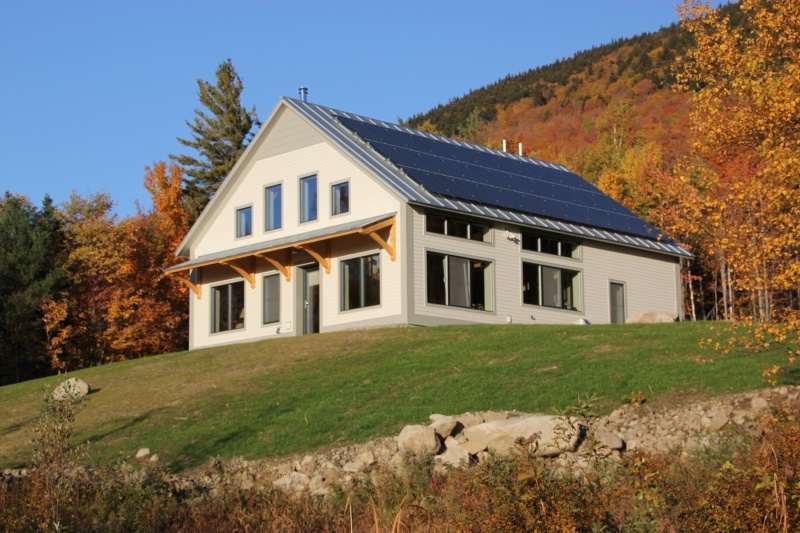
In 2021, there were 313,153 homes rated in the United States by certified RESNET HERS raters. This number has increased annually and, not surprisingly, the average HERS rating has decreased annually demonstrating the trend of adopting energy-efficient technology. Out of those 300,000 homes, the average HERS rating was 58. The chart below shows the top 10 states with the lowest average HERS Index score in 2021.* The second column provides a SIP rating (click to link to the project) in that state with an even more energy-efficient rating.
| State | Average 2021 HERS Index Score | SIPs HERS Index Score |
| California | 33 | -19 |
| Vermont | 28 | * |
| Alaska | 40 | * |
| Maine | 41 | * |
| South Dakota | 43 | 28 |
| Hawaii | 47 | * |
| Oregon | 48 | -22 |
| Minnesota | 50 | 24 |
| New Hampshire | 50 | 1 |
| Connecticut | 51 | 4 |
*Denotes a state without HERS-rated SIP projects.
What does the 2021 RESNET average say about SIPs?
The building envelope is the starting point for an energy-efficient home. Using the HERS Index, SIPs prove that ‘better than standard’ energy performance goals are possible.
Within the SIP Project Library, the average HERS rating (of those rated) is just 24. Here are three 2021 SIP projects with impressive designs delivering notable HERS ratings:
- In Spencer, Iowa is a low carbon footprint, 7,000-sq-ft home with a HERS 40 and ACH50 of 0.70. This home was constructed with SIPs manufactured by Energy Panel Structures.
- This positive energy SIP house in Bellevue, Washington enjoys a modest 2,600-sq.-ft. floorplan and was certified as DOE Zero Energy Ready Home and awarded 2022 Building Excellence Awards, EPA Indoor AirPLUS certification. This home was constructed and designed by TC Legend Homes using SIPs manufactured by PremierSIPs.
- In Stillwater, Minnesota sits a contemporary, solar-equipped SIP house with a HERS of 19 and ACH50 of 1.66. This home uses SIPs manufactured by Energy Panel Structures.
With industry metrics we can quantify the complex relationship of energy-efficient products, and the synergy of those products starts with the building envelope. Environmentally conscious homebuyers are increasingly using the HERS rating as a standard criterion for home investments, and SIPs are a leading choice. Design homes that achieve better than standard marks without sacrificing the structural art or occupant comfort. Building professionals have been delivering resilient, high-performance structures with SIPs for decades.
For a breakdown of the number of homes HERS rated in 2021 and the average HERS Index Score by state go to 2021 HERS Activity by State.
For a breakdown of the number of homes HERS rated in 2021 and the average HERS Index Score by IECC Climate Zone go to 2021 HERS Activity by Climate Zone.


